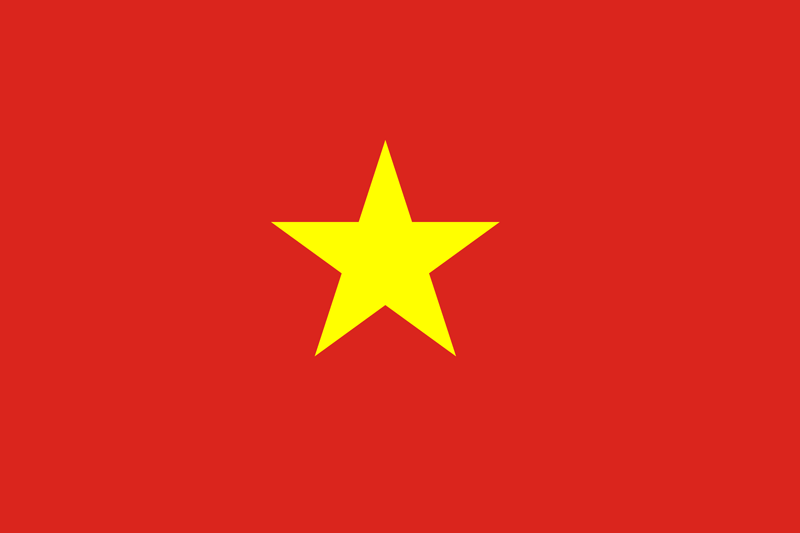One woman’s quest to turn $100AUD into $500 annually through the power of local based income generating activities.
Thamsanqa Khanye is a force to be reckoned with. As a nutritionist and sustainable food systems specialist she is fiercely passionate about supporting vulnerable communities across Zimbabwe to become nutritionally and financially secure.
She has seen firsthand the direct impact that a small donation of one hundred dollars can have on providing quality seed to produce climate resilient crops such as millet, horticulture crops and small livestock initiatives so that one family can become financially stable for generations to come.
Khanye is Programs Manager of the Zimbabwean-based charity, Community Technology Development Organisation (CTDO) and a recent fellow of DFAT’s Australia Awards Program hosted by one of Australia’s leading aid organisations, Action on Poverty (AOP). She is focused on promoting an intentional shift from monoculture to the diversification of crops including biofortified varieties.
“The development challenges facing communities in Sub Saharan Africa are extreme with 60 percent of people living in extreme poverty. I want people to understand how five dollars spent on your daily morning coffee could be the key to unlocking generational poverty.”
At the same time Zimbabwe is grappling with a cholera outbreak, with more than 20,000 recorded cases and 400 confirmed and suspected deaths over the past year. Adding to this the dry spells are becoming longer and more severe with the World Bank predicting the country’s agriculture sector will shrink by 4.9 percent this year due to the El Nino-induced drought.
Supported by various developmental partners including the longstanding AOP partnership, CTDO has been instrumental in the establishment of 20 community seedbanks across 12 districts in the country.
Khanye understands and shares her knowledge about the power of germplasm conservation and sustainable use of traditional grains.
“Agro biodiversity is one of the most important resources as it serves as a symbol of heritage and helps diversify the food base. The need for seedbank programs which include climate resilient crops is now more than ever a top priority,” Khanye explained.
What is remarkable is that these local varieties are adapted to local climatic conditions with in-built resilient traits. The harvest is nutrient dense and contributes positively to food and nutrition security.
Having the resources to ensure your family is food, nutritionally and financially secure is something that many people take for granted. So, what happens when you can’t harvest a crop or keep small livestock alive?
The Poultry Super Stars
An exciting initiative that AOP has spearheaded recently is development of solar powered incubators to hatch chicks. For 14 farmers living in the rural Mutoko District, the incubator has proved lifesaving.
The entire community of just over 12,000 people living in this remote area of Northeast Zimbabwe are all too familiar with struggling livestock issues and a poor diet caused by the increasingly long dry season and recurring droughts.
It is hard to imagine that one hatchery has delivered over 750 chicks to 75 families. As beneficiaries of the program, Eneresi and her family (pictured below) are now able to generate an income from the incubator by selling chicks to the community.

The direct knock-on effect means that since the end of last year the Mutoko community has improved its dietary intake significantly and is addressing malnutrition, especially among children under five-years of age.
Every Drop Counts
Another commodity often taken for granted is easy access to water, which is the key to making agriculture sustainable.
Seven villages, 500 households and 900 cattle in the Mutoko district now have access to water for irrigation through the development of four weir dams. CTDO in partnership with AOP launched the new surface water harvesting program, providing year-round access to water. And it’s proving lifesaving.

Changemakers
Core to AOP’s partnership with CTDO is the importance of capacity building through the strengthening of skills, abilities, processes, and resources required for communities to not only survive but thrive.
Talking with enthusiasm and thoughtfulness Khanye articulates her drive to tackle poverty.
“The idea of what many see as a nominal sum of one hundred dollars turning into $500 of revenue annually for a farming family through the local level income generating activities is truly astounding.”
This concept is made possible through AOP’s invaluable partnership opportunities.
“I also believe there is so much scope to increase scale and opportunity of programs to reach more districts and more beneficiaries,” Khanye explained.
AOP Chief Executive Officer, Brayden Howie echoes this sentiment: “A core focus for AOP in 2024 is building our capabilities through product development and innovation that can be replicated and scaled to address global poverty in some way.”
“AOP is the place to go for philanthropists and everyday Australians to come and share a new idea or a new technology that can benefit in addressing global poverty.”
